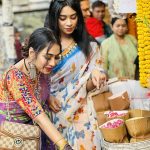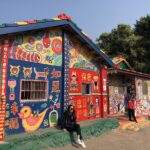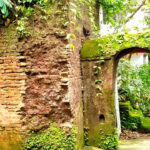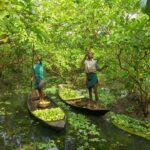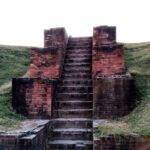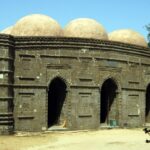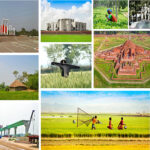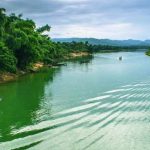Bangladesh produces a variety of mangoes. The King of Fruits- Mango is much cherished in the summer season
Bangladesh produces about 800,000 metric tonnes of mangoes in 51,000 hectares of land per year with Chapainawabganj alone producing some 200,000 metric tonnes of the fruit. These homestead plantations in Bangladesh yield two types of crops: local varieties that are grown from seedling, and the export quality fruits which are cultivated usually through the process of grafting. Trees are evergreen and take about two years to bear fruit. Of course, the production seldom remains constant as the crops depend on variable weather conditions. Usually, when the country sees a healthy bout of rain and fewer thunderstorms, the mango crops are well-nourished.
Bangladesh is known for growing superior varieties of mangoes, mainly in Rajshahi, Nawabganj, Chapainawabganj and Dinajpur. The important variants of the mango include fazlee, langra, golapkhas, himsagar, ashwini, gopal bhog, lakshman bhog, mohon bhog, raj bhog, khirsapat, etc. In fact, the ‘himsagar’ variety of the mango has even received GI status in Bangladesh.
There are different varieties of mangoes with distinct characteristics and tastes. For instance, langra is usually longer in shape while himsagar is rounder and yellower with a reddish tint. Khirsapat mangoes are the tastiest though and loved by all.
Visiting mango plantations
A trip to Rajshahi, one of the more accessible mango cultivation areas in Bangladesh, can give you a great experience in understanding what goes behind mango cultivation. While Biman has daily flights to Rajshahi from Dhaka, you should come prepared for a mesmerising experience. In the summer months, the temperature in Rajshahi often exceeds 30 degrees, so it is important that you carry water bottles, umbrellas and dress in simple plain clothes.
While there, you will be greeted with various sellers, keep these tips in mind to buy the right one. First, the texture. Make sure that the texture of the mango is even. A good mango will usually not have too many blemishes on its body. Next, the colour. Raw mangoes have a deep green colour whereas ripes have a lighter colour, often bordering on yellow to orange. Third, the smell. Take a sniff of the fruit right at the stub, where it was plucked from the tree. They say, the sweeter the smell, the sweeter the mango! Fourth, take a feel of the fruit. A ripe mango will usually have medium firmness. An overripe one may be too squishy, whereas a raw mango may be hard. Most mango vendors will have a mango peeled for you to taste and judge its quality. It’s best to have a taste of the fruit before you purchase in bulk.


